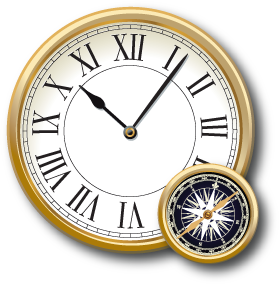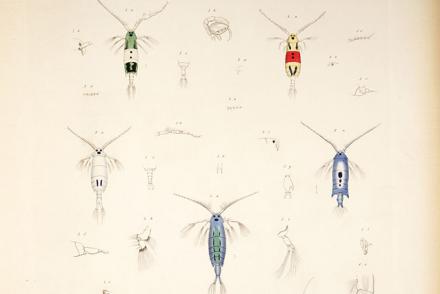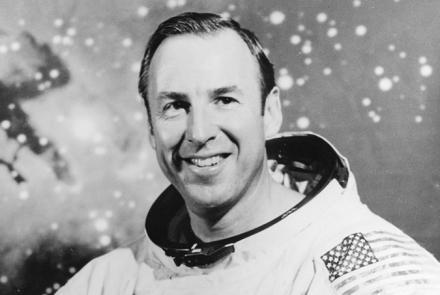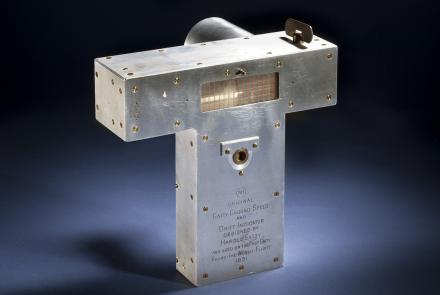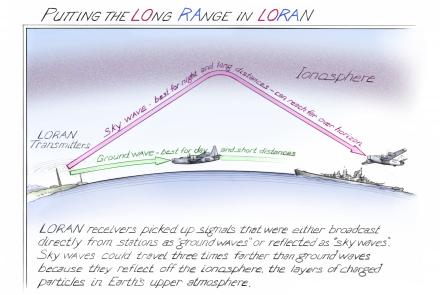Multimedia Gallery
Displaying 381 - 390 of 534
Illustration
All three (positioning, navigation, and timing) are used together with map data and other information (weather or traffic data, for instance) in modern navigation systems.
Illustration
Pontella, Indian Ocean (Pontella speciosa, Pontella detonsa ?, Pontella princeps, Pontella fera, Pontella valida)
Photograph
James Lovell was an Apollo astronaut who navigated to the Moon and back twice.
Artifact
The PLGR was smaller and lighter than the older Manpack GPS receiver.
Artifact
A Mercury astronaut used this mechanical device to determine his position relative to the Earth below.
Artifact
Harold Gatty designed this drift indicator in 1930 and used it on his 1931 around-the-world flight with Wiley Post in the Winnie Mae.
Artifact
This prototype satellite signal receiver was developed around 1976.
Artifact
The Manpack was one of the first portable GPS receivers for combat troops.
Illustration
LORAN receivers picked up signals that were either broadcast directly from stations as "ground waves" or reflected as "sky waves".
Illustration
The quartz clock keeps better time than the best mechanical clocks.


